
|
|
|
|
|
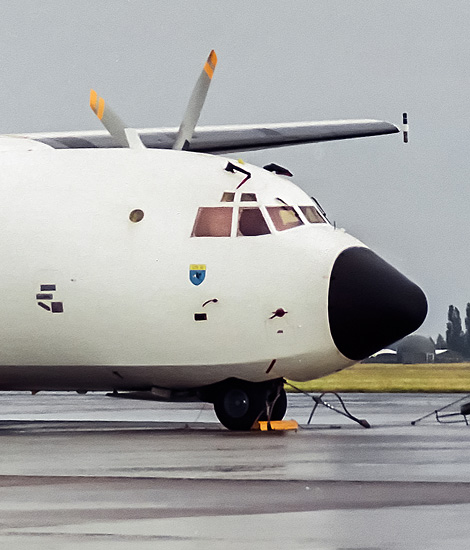
|
The German Transall Units; Wunstorf, June 24, 2000
The C-160 Transall, part 2; Text and Photograph's by Alex van Noye
The C-160D Transall nowadays forms the backbone of the German transport capacity. The Luftwaffe operates from three large airfields with this type. These three airfields are all spread out over Western Germany at the locations Hohn, Wunstorf and Landsberg. Another operational test unit is based on Manching-Ingolstadt.
Germany has three large units flying the C-160D Transall, these units, are; LTG-61 at Landsberg, LTG-62 at Wunstorf and LTG-63 at Hohn. The German transport units all fly with about thirty Transalls. In addition to the three operational units, WTD-61 is also active with the Transall to test the aircraft. The Transall is the only strategic transport aircraft in use at the current Luftwaffe. The first unit in Germany which also flies with the C-160D Transall is WTD-61 at Manching-Ingolstadt. The Technical Center for Aircraft Airworthiness and Airworthiness of the Bundeswehr (Wehrtechnische Dienststelle 61, WTD 61) is part of the Federal Defense Service for Technology and its improvement. The center is located at Manching-Ingolstadt in Bavaria in southern Germany and was founded in 1957. WTD-61 is responsible for the safety of the people of Germany and crews of aircraft and helicopters with regard to anything that can fly within the German defense. WTD-61 is also responsible for training personnel and performing random checks on changes to aircraft currently in use. This task requires that WTD-61 is involved in all national and international programs of military manned and unmanned aircraft for the German armed forces. The Transall is used within this unit to extensively test the type and update it. The C-160D is also used at WTD-61 as a flying test station for testing new techniques that can be implemented in other German aircraft such as the Tornado and the new Eurofighter to be developed.
On August 24, 1957, LTG 61 was founded by the then Federal Defense Minister Franz Josef Strauss as the first operational squadron of the new West German air force at the US air base in Erding. The first year the unit flew with the C-47 Dakota. The personnel was initially trained by the United States Air Force. On December 14, 1957, a second staffel was set up within the unit. This staffel received the Noratlas N250. In 1958, the squadron moved from Erding to the air base Neubiberg. As early as 1960, LTG-61 was deployed alongside LTG-62 which was stationed at Ahlhorn at a foreign
|
|
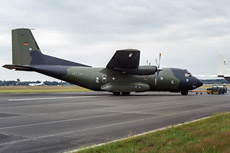
|
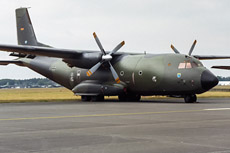
|
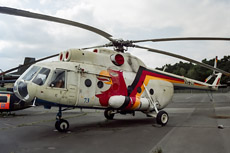
|
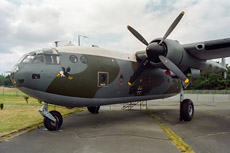
|
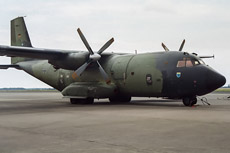
|
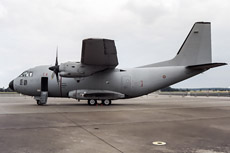
|
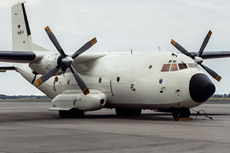
|
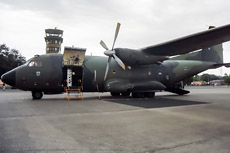
|

|
mission after the earthquake in Agadir in Morocco. The planes would carry more than 1494 passengers and fly approximately 180 tons of cargo with 36 aircraft. In the period from 1970 to 1971, the squadron was converted from the Noratlas to the C-160D Transall. Also, LTG-61 was then moved from Neubiberg to Penzing. Penzing is the official name of the air base at Landsberg, where the unit is still based today. This airbase is located in the south of Germany just before the German Alps under the city of Ulm. In 1978, the second staffel was also equipped with the Transall. Later, in 1979, the SAR helicopters of HTG-64 were also transferred to LTG-61 at Penzing. In 1984, LTG-61 was frequently used in the famine in Ethiopia and in the period from 1992 to 1996 the unit formed an important part of the air bridge to Sarajevo. The unit supplied food stocks for the local population in these areas during the Yugoslavian War.
On October 1, 1959, the unit LTG-62 was established at Army Airfield Celle. The unit was equipped with the Noratlas N2501 at the beginning of 1960. LTG-62 was soon deployed in an earthquake in Agadir in Morocco on February 29, 1960. The squadron transported victims of the earthquake to safer territory. Later in the same year the unit was transferred to Koln-Wahn. The next move took place in April 1963, when the unit moved to Ahlhorner heath. The German Luftwaffe commissioned the first C-160D Transall there in April 1968. On September 30, 1971, LTG-62 was permanently moved to the North German airbase Wunstorf. The airbase Ahlhorner Heide became the new home of Hubschraubertransportgeschwader 64 (HTG-64). The HTG-64 was discontinued in 1994 and at that time it was divided over LTG-61, LTG-62 and LTG-63. On October 1, 1978, the flying school for transport pilots was established as part of LTG-62. For that reason the unit adopted a new emblem in which the raven Hans Huckebein is depicted. The raven was drawn in the past by the famous poet and draftsman Wilhelm Busch. The raven is blinded on the image. This means that the school learns pilots to fly with instruments. One of the main tasks of LTG-62 is to train pilots who are in the fourth phase of their training. The pilots in training already had a whole trajectory on the Lufthansa Pilot School in Bremen when they arrive at Wunstorf. In addition to the training, the normal transport task also continues for LTG-62. The unit has already been involved many times in various transports to crisis areas.
LTG-63 was first established at the Celle military airfield on September 15, 1961. The unit was immediately equipped with the Nord 2501 Noratlas. In September 1967, the unit was moved to Hohn near Rendsburg. LTG-63 was placed there at the barracks of Hugo Junkers. Hohn is located in the north of Germany and therefore LTG-63 is the most northerly-based transport unit in Germany. In the years from 1968 to 1970 the Noratlas transport aircraft were replaced by C-160D Transall. On February 9, 1975, the squadron had to deal with a major accident. A C-160D collapsed when approaching the airport in Chania as a result of a navigation error in combination with heavy snowfall in the mountains. In this accident, all crew members and more than 42 passengers were killed. The aircraft was on its way to Crete and had soldiers from the anti-missile battalion 39 on board. In the spring of 1993, parts of the decomposed HTG-64 from Ahlhorn were included in LTG-63. This meant that the unit in addition to the Transall was also provided with some UH-1D helicopters that could be used for SAR tasks. This SAR helicopter can be recognized by the bright orange colored sliding doors. Hohn Air Base where the Transalls of LTG-63 are based is a relatively small air base. The airfields consists of no more than a runway and two platforms along this runway. The Transalls are often placed in a long line on the platforms along the runway of this northern airbase.
|
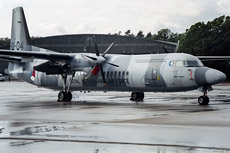
|
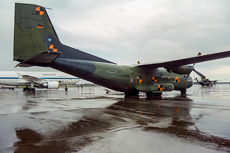
|
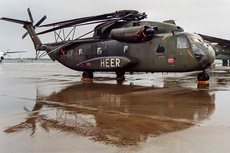
|
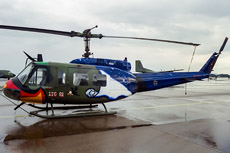
|
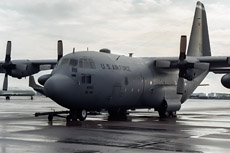
|
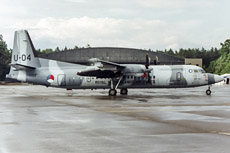
|
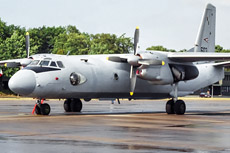
|
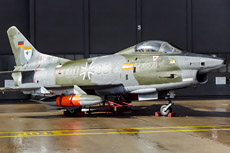
|
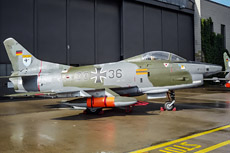
|
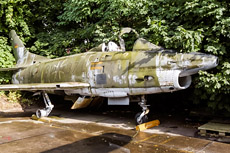
|
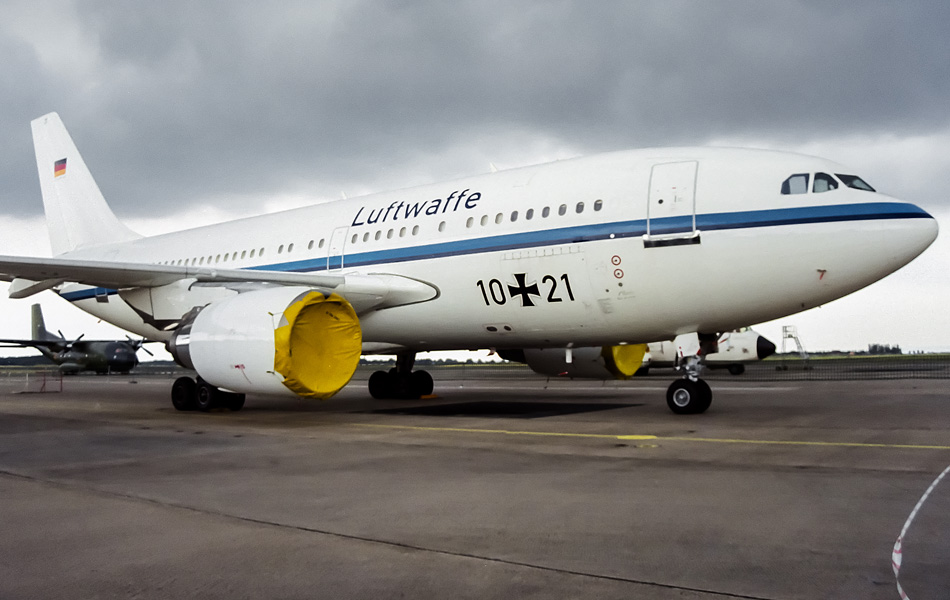
|
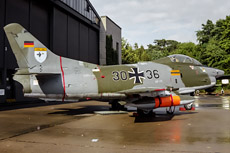
|
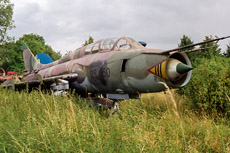
|
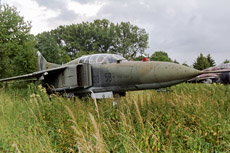
|
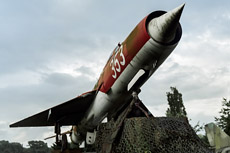
|
|
|

|







